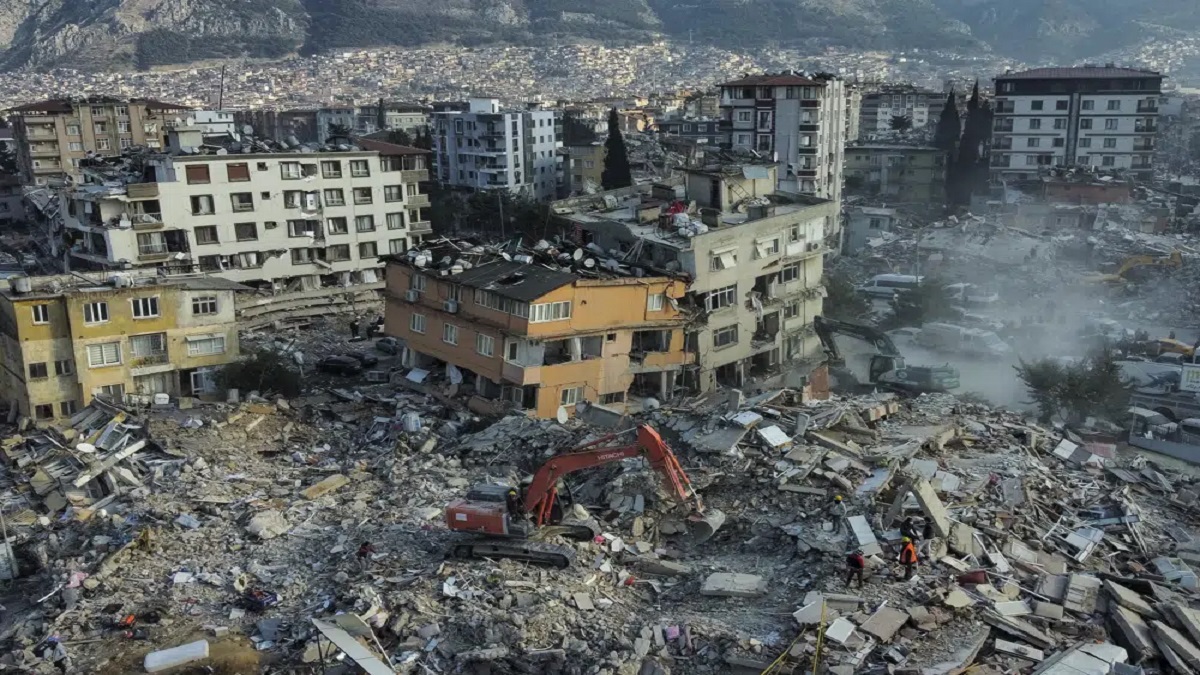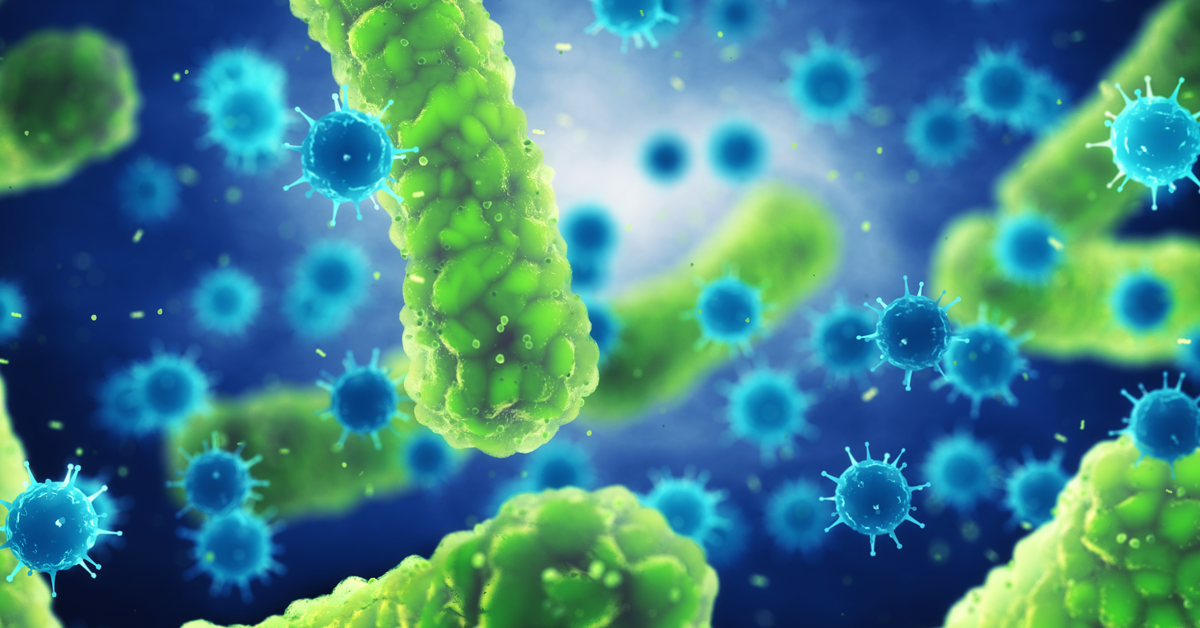
Earthquake Hit Turkey, Syria may see Infectious Diseases in Next few Weeks
An earthquake hit Turkey and Syria in recent times, with devastating effects on infrastructure and human lives. The earthquake had a magnitude of 6.8 and was felt across a large geographical area. The aftermath of the earthquake has left people with limited access to basic needs such as food, water, and shelter. This article highlights the potential risk of infectious diseases in the aftermath of the earthquake, how they spread, and the measures that can be taken to mitigate their spread.
Earthquake in Turkey and Syria
The earthquake struck on January 24th, 2020, with the epicenter in the Elazig province of Turkey. The earthquake was followed by multiple aftershocks, including one with a magnitude of 5.4, causing more damage. The disaster resulted in the deaths of over 40 people and injuring over 1600. The earthquake also caused significant damage to infrastructure, including homes, schools, hospitals, and other critical facilities. The Syrian town of Afrin, located just a few kilometers from the Turkish border, was also affected, with several buildings sustaining damage.
The response efforts by local and international organizations have been commendable, with Turkish authorities setting up temporary shelters for those affected. The government also provided financial assistance to those affected by the disaster. The Turkish Red Crescent, an affiliate of the International Federation of Red Cross and Red Crescent Societies (IFRC), provided humanitarian aid to the affected communities, including food, water, and medical supplies. The United Nations, through its Office for the Coordination of Humanitarian Affairs (OCHA), released emergency funds to support the response efforts in the aftermath of the earthquake.
However, despite the response efforts, the affected communities still face numerous challenges, including the lack of access to basic needs. The availability of clean water is a significant challenge, with damaged water and sanitation systems exacerbating the problem. The cold weather, coupled with the limited availability of shelter, has also put people at risk of hypothermia and other cold-related illnesses.
Infectious Diseases in the Aftermath of Natural Disasters
Natural disasters often lead to the spread of infectious diseases, which can be life-threatening, particularly in vulnerable communities. In the aftermath of the earthquake, the risk of infectious diseases such as cholera, typhoid fever, and respiratory infections increases significantly. The lack of clean water, poor sanitation, and crowded living conditions are conducive to the spread of infectious diseases.
Waterborne diseases are a significant risk in earthquake-hit areas, primarily due to the damage caused to water and sanitation systems. Flooded water sources and contaminated wells increase the risk of cholera, typhoid fever, and other diarrheal diseases. Poor sanitation practices and the lack of access to safe toilets also exacerbate the problem.
Respiratory infections are another significant risk in the aftermath of the earthquake. The cold weather, coupled with the limited availability of shelter, puts people at risk of respiratory illnesses such as pneumonia, bronchitis, and influenza. The risk is further exacerbated by the crowded living conditions in temporary shelters, where people are forced to share facilities.
Preventative Measures to Mitigate the Spread of Infectious Diseases
Preventative measures can be taken to mitigate the spread of infectious diseases in earthquake-hit areas. These measures include the provision of clean water, adequate sanitation facilities, and basic hygiene education. Access to safe drinking water can be achieved through the provision of water treatment equipment and the rehabilitation of damaged water and sanitation systems. Sanitation facilities can be improved through the construction of latrines and the provision of basic hygiene education, including handwashing and waste disposal practices.
Health education is also crucial in preventing the spread of infectious diseases. People in earthquake-hit areas should be educated on basic hygiene practices, including handwashing, waste disposal, and food safety. They should also be made aware of the signs and symptoms of common infectious diseases and advised on appropriate medical care.
Provision of appropriate medical care is also essential in preventing the spread of infectious diseases. Healthcare facilities should be equipped with the necessary medicines and medical supplies to treat common infectious diseases. Health workers should also be trained in the appropriate diagnosis and treatment of infectious diseases.
In addition to these measures, efforts should be made to improve living conditions in temporary shelters. Crowded living conditions can be reduced through the provision of adequate shelter, and efforts can be made to ensure that people have access to basic necessities such as blankets and warm clothing.
Potential Solutions and Next Steps
In the short term, efforts should be made to provide immediate relief to the affected communities. Access to clean water, sanitation facilities, and medical care should be prioritized. The provision of shelter and basic necessities such as food and blankets should also be addressed.
In the long term, efforts should be made to strengthen disaster preparedness and response mechanisms in earthquake-prone areas. This can be achieved through the development of early warning systems, the establishment of emergency response teams, and the provision of disaster training to the local population
In addition, efforts should be made to address the root causes of vulnerability in earthquake-prone areas. This includes addressing issues such as poverty, inadequate infrastructure, and limited access to basic services such as healthcare and education. Investing in long-term development programs can help to build resilience in these communities and reduce their vulnerability to natural disasters.
Conclusion
The earthquake in Turkey and Syria has left communities devastated and facing numerous challenges. The risk of infectious diseases in the aftermath of natural disasters is a significant concern, and efforts should be made to mitigate their spread. Provision of clean water, sanitation facilities, and basic hygiene education, as well as appropriate medical care, are essential in preventing the spread of infectious diseases. In the long term, efforts should be made to strengthen disaster preparedness and response mechanisms and address the root causes of vulnerability in earthquake-prone areas. The international community must continue to support the affected communities to ensure that they receive the assistance they need to recover and rebuild.
Visit DocMode for Courses and lectures











